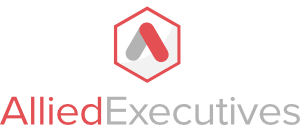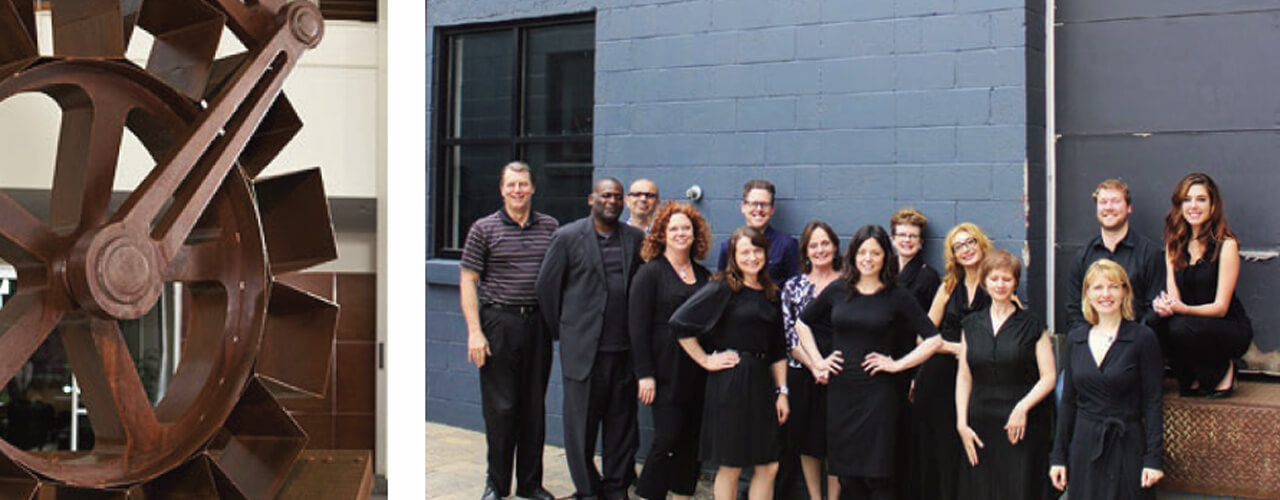The accidental art dealer featuring Bill Kieger with Art Force
Written by John P. Palen for Minnesota Business Magazine July 2014
How both personal and business experiences can lead to successful endeavors
Bill Kieger knows how to manage money and people, but a corporate art program? Well, he figured that out, too.
Kieger is the CEO of Art Force, a subsidiary of General Finance & Development (GFD), both based in Minneapolis. If you ask him, he might say his foray into the art business happened quite by accident.
Kieger spent the bulk of his early career at American Express Financial Advisors, now Ameriprise, where he ran his own division overseeing 12 offices, 200 financial advisors and more than $4 billion in financial assets.
The time came, however, when he decided he wanted more time and freedom and decided to leave to run his own company. He departed Ameriprise on good terms and took over GFD, a micro-cap holding company then involved in developing medical technologies. Shortly after Kieger sold one of GFD's companies, a business broker brought a struggling corporate art consulting business to his attention.
"I did not know or want to be in the art business," he recalls.
But sometimes life is all about timing and experiences. At Ameriprise, Kieger had purchased art for their offices from the same company the broker was presenting to him, so he was familiar with the business.
"When I left Ameriprise, I sold the art I bought for the office and I made money on it," he says. "I eventually started looking at art as an asset."
In 2009, GFD (listed as GFDV on the OTC Markets) purchased the assets of the aforementioned art consultancy, and formed Corporate Art Force, rebranded to Art Force in 2014.
Kieger knew he had to do things differently in order to be successful. So his first step was relocating the company to where the Twin Cities artists congregate: the Northeast Minneapolis Arts District.
His next move? Focusing on how to go to market. "We knew we had a business model that was not profitable and not working."
Art Force revamped the entire business model by introducing new roles and processes to improve their efficiencies and to better position themselves in the market.
For instance, he created a professional development and certification program for the art consultants, who previously had no formalized training or structured consulting process. Then, he created a sales and marketing department focused on market intelligence, marketing campaigns, lead generation, and business development. This freed the art consultants to focus more on what they do best – managing projects and working with clients to customize art to best reflect their culture and brand. After all, it doesn't make sense for a hospital to have art on the walls that does not consider the patient experience and outcomes.
"This intrinsic value of art cannot be overlooked," said Kieger.
But perhaps the biggest change they implemented was an "art as a service" model. In the past, the company sold the art outright to the end-user, which limited the company's growth potential. So Kieger and his team revamped their entire pricing model and initiated the "Smart Art Program," which is a recurring program for both the customer and for Art Force.
For a monthly fee, customers get original artwork that can be rotated out every six months. That means new art on the walls twice a year. The program provides Art Force with recurring revenues from each client. And let's not forget about the artists supported and promoted by Art Force.
What's more, Art Force invested in a web-based platform that has improved the company's ordering and fulfillment process, as well as their efficiencies. "This program simplifies the business for our customers, community of artists and our new business model," says Kieger. "It's a win-win-win."
And, while it took four years to develop and implement, the new business model seems to be working. From its humble origins in Minnesota, Art Force's now projects having art installations in 40 states in 2014.
Tips
- Sometimes experiences from your personal life can apply to new ways to run your company.
- Borrow processes from other industries and apply them to yours, if applicable.
- Saying "No" at first can often open up reasons to say "Yes" later.
- Looking for the "everybody wins" strategies often results in everybody winning.


